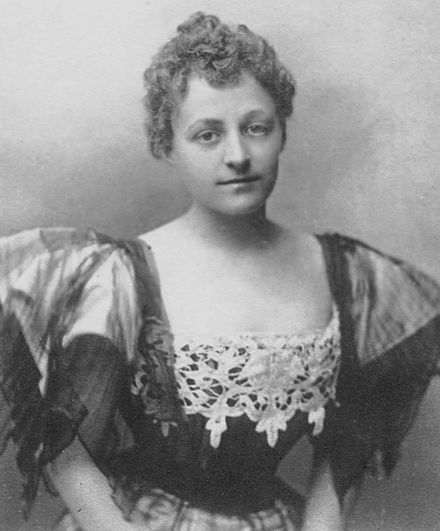The story of a Fifth Avenue mansion scorned by its second owner as a “gardener’s cottage”
If houses could talk, I’m betting 1048 Fifth Avenue would tell lots of stories—specifically about the first two of its four total owners over more than a century overlooking 86th Street.

The first owner was a wealthy industrialist who made the most of his good fortune, holding his daughter’s wedding to a British lord in the music room. The other owner was a society doyenne forced to downsize from an 80+ room palace, and she dubbed it a mere cottage compared to the house she was accustomed to.
The story began during the Fifth Avenue mansion-building mania after 1890. For the next 25 years, a rush of business titans and old money millionaires sought to build their castles opposite Central Park.

Mrs. Astor, Andrew Carnegie, William A. Clark—one by one, the Gilded Age wealthy relocated to their new dwellings. At the tail end of this mansion boom came the French Classical–style house at 1048 Fifth Avenue, at the southeast corner of 86th Street.
Taking the place of a previous mansion owned by brewer David Mayer, number 1048 was commissioned by William Starr Miller. An industrialist and real estate operator, Miller had been residing at the more genteel end of Fifth Avenue steps from Washington Square Park.

Exactly what Miller did to make his money is a little unclear. But he had enough of it to hire the premier architectural firm Carrere & Hastings to create his new digs. Carrere & Hastings designed the New York Public Library building at 42nd Street and Fifth Avenue in 1912, and the firm was about to begin work on Henry Clay Frick’s house down the avenue on 70th Street.
Completed in 1914, what became known as the William Starr Miller house cost $150,000. It was more refined and restrained than many of the other mansions going up around it. Red brick and trimmed in limestone, it has a slender front on Fifth Avenue, with the bulk of the structure and the entryway facing East 86th Street.

Were the Millers the type of people who love taking in views? They certainly had the opportunity. The house has enormous second- and third-story windows, plus a fourth-floor mansard slate roof with dormers and small “bullseye” windows, perfect for stargazing.
While they may have enjoyed looking outside, the Millers hosted a headline-making social event inside their mansion in 1921. Daughter Edith Starr Miller, 33 (above), wed a 60-year-old British industrialist named Almeric Hugh Paget, a widower (his first wife was Pauline Payne Whitney) known as Lord Queenborough.

It was a surprise affair in the Miller mansion, covered by all the newspapers. “The bride, who was given away by her father, had no attendants, and there was no best man or usher,” reported the New-York Tribune. The marriage gave the couple three kids, but it fell apart after Lady Queenborough accused her husband of abandoning her.
The Millers resided in the mansion until their deaths—William Starr Miller passed away in 1935 inside his house at age 78. His wife, Edith, died in 1944…which marked the next chapter in the house’s life.

The second owner of number 1048 was a woman of social importance with a famous last name. Grace Vanderbilt (above as a younger woman) had been married to Cornelius “Nelly” Vanderbilt III (great-grandson of the Commodore). The couple’s New York home base was the palatial Vanderbilt mansion at 640 Fifth Avenue, at 51st Street—aka, the Triple Palace. But after her husband’s death in 1942, she had to downsize.
“The gardener’s cottage” was how she referred to her new living quarters. She held dinners and balls there as she had done her entire life (many that raised money for charitable causes). Yet Vanderbilt reportedly described herself as “all alone in the house,” despite the fact that she had 18 servants attending to her.

Health issues plagued her, and she eventually eased up on her society life. As the Millers had, Vanderbilt died in her so-called gardener’s cottage. This last living link to the Gilded Age passed away in 1953 at 82.
The William Starr Miller house changed hands once again in 1955, this time not to a person or family but an organization: YIVO Institute for Jewish Research.

Almost 40 years later, YIVO sold the mansion to cosmetics billionaire Ronald Lauder and art dealer Serge Sabarsky—who transformed this late Gilded Age survivor into the Neue Galerie. Opened in 2001, the Neue contains Lauder’s magnificent collection of early 20th century German and Austrian art.
Number 1048, a remarkable beauty on what used to be called Millionaire’s Mile is now a must-see destination on Museum Mile.
[Fourth image: New-York Herald; fifth image: MCNY, 1915: x2010.7.1.1838; sixth image: Wikipedia; seventh image: MCNY, 1920: 93.1.1.10084]



